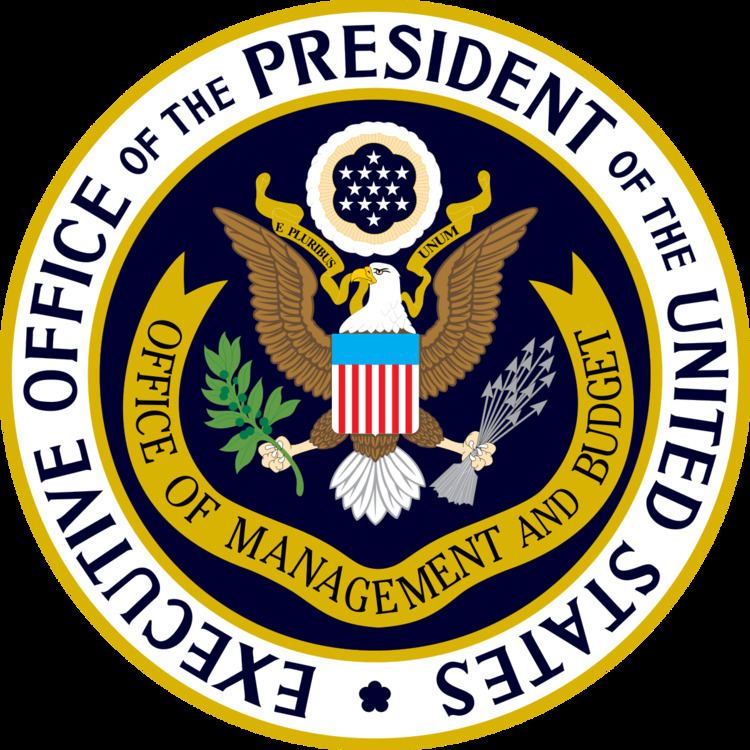Formation June 19, 2009 Website Official website | First holder Jeffrey Zients | |
 | ||
Chief Performance Officer of the United States (CPO) is a position in the Office of Management and Budget (within the Executive Office of the President of the United States), first announced on January 7, 2009, by then President-elect Barack Obama. The new post concentrates on the federal budget and government reform.
Obama selected Nancy Killefer to be the first CPO/Deputy OMB Director for Management, but before the Senate could vote on her confirmation, she withdrew her nomination, citing a "personal tax issue" as a likely distraction for the Obama administration. Jeffrey Zients was nominated as CPO on April 18, 2009, and confirmed by the Senate on June 19, 2009.
History
The title of and role definition for the "chief performance officer" originated with the publication of the META Group (now Gartner) research note #AD755 entitled DW Staffing: Part 2--Fresh Hot Roles (July 21, 1999) by Douglas B. Laney.
In this research note, Laney, then heading research and advisory services for the firm's data warehousing and business intelligence practice, defined the role as thus:
"Analogous to the Chief Operations Officer (COO), who is responsible for running the business, the Chief Performance Officer (CPO) is the executor of efforts to analyze the business. Together the COO and CPO coordinate in capturing and leveraging business performance data to affect improvements and innovations in business operations."
He continues:
"In short, the CPO is responsible for the following activities:
Throughout 1999-2004 Mr. Laney also presented at numerous industry conferences on the topic, and consulted to enterprises and government organization globally on the formation of the CPO or similar roles.
In 2003 the title and role were popularized in the book Chief Performance Officer: Measuring What Matters, Managing What Can be Measured by Tony Politano. In the book and subsequent publications 2004-2009 a methodology and set of techniques for CPOs are outlined and have become the standard by which CPOs are defined. Since the publication of the book Mr. Politano has since lectured, keynoted and made Television appearances as an authority on the subject.
Several large corporations such as Yahoo, Wyndham Hotels, City of Chicago and NEC have created CPO positions.
